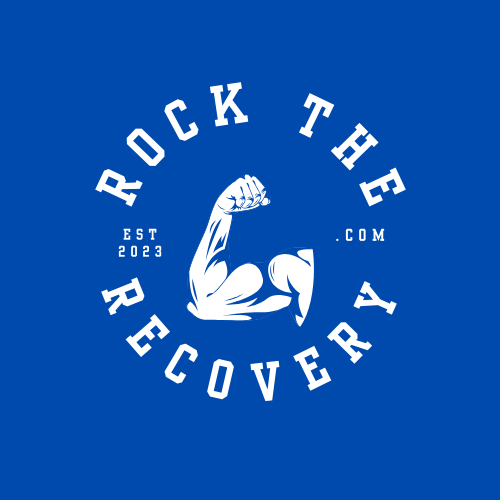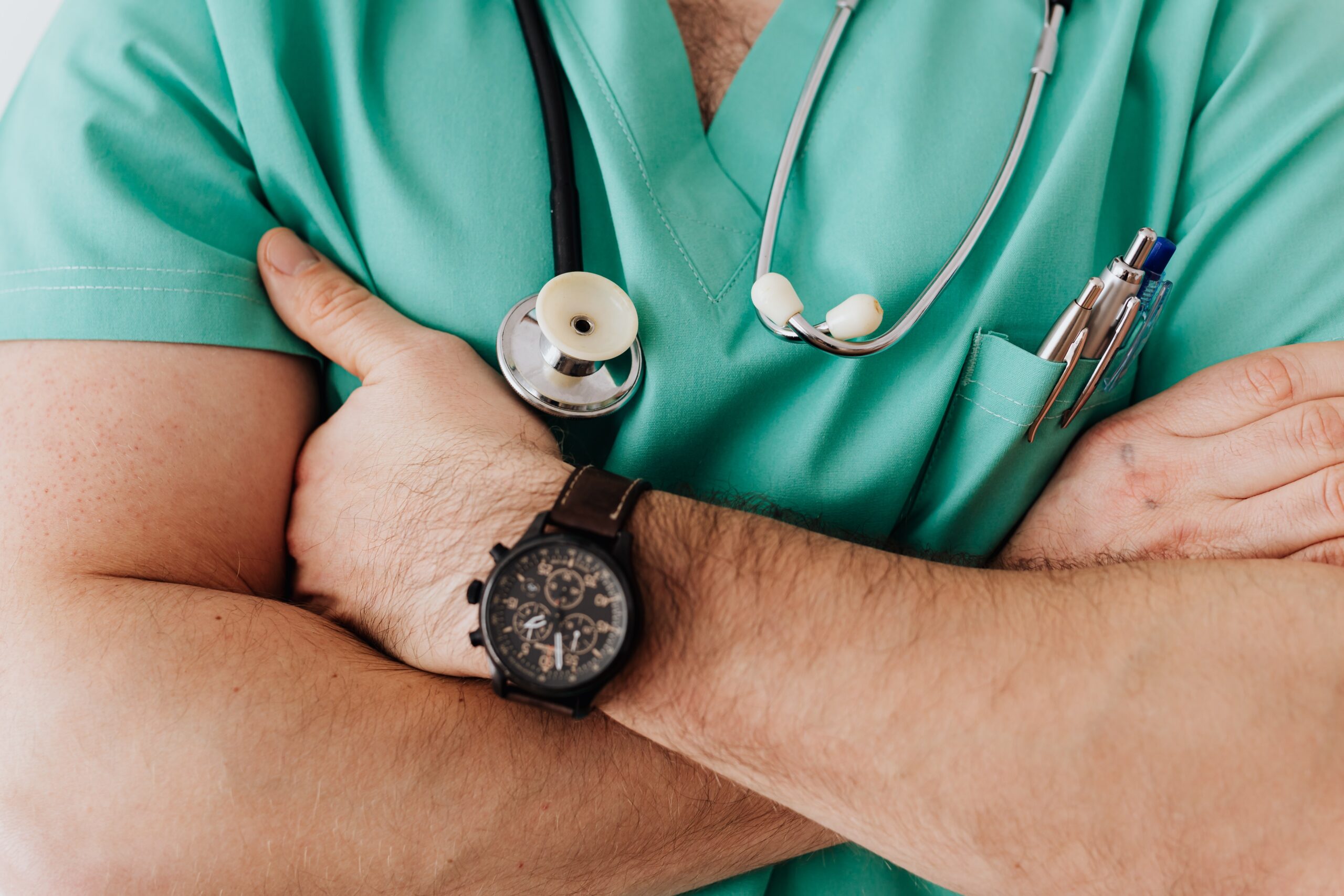Lastly, we are going to speak on some issues that can arise along your path. With each issue I will discuss ways to either fix or even better avoid altogether the issue.
Issues with your Incision:
One common but less severe issue with your incision happens during the healing process. As the incision on your skin begins to close, in some cases it can be uneven, or adhered down in places. Surgeons have updated their techniques during surgery which have improved the likelihood of poor wound closing. However, it can still happen. Luckily this is easily fixable through a PT technique called crossed friction massage. This can help the appearance of the scar as well as break up any of that nasty unwanted scar tissue we discussed in article 3.
Some also recommend cream with Vitamin E in it like cocoa butter. However, do NOT touch your incision until a healthcare provider states it is ok to do so, or you will possibly cause more serious issues listed below. Also, many will describe a numbness or itchy feeling around the incision. This happens from the sensory nerves healing during recovery and is very common.
Another more severe incision issue is called wound dehiscence. This is when the incision opens up and is quite uncommon from this PT’s experience. I’m aware (in 15 years) of 3-4 people who this happened to and was never while in my care. This will likely happen due to something serious happening internally, or more likely something else we are going to outright avoid FALLS.
Easily avoidable if you listen to two people. Number one your Therapist, and Number two: your instincts. Often while patients are recanting the story of their fall, they will say something like: “my body was telling me not to get up.” Listen to your instincts, keep a bathroom light on, and wake up fully before standing. Have your walker nearby always. If the doorbell or phone rings do not rush. Take out your area rugs. If you live alone, always have a phone on you.
Infections:
Infection is likely one of the most common possibly serious post-surgical issues that come about. The interesting thing is from this PT’s experience the time of the infection is almost more likely to happen years later as it is in the first few weeks. Early cases can of course happen for a multitude of reasons as you are recovering with an open wound. Make sure as described above to avoid touching the area, and never remove medically prescribed bandages/coverings.
One thing to keep in mind is that your knee is already swollen and warm to the touch with normal healing. However, there is a difference when infections are brewing. First, you might see an unexplainable increase in your pain or swelling. Second, you might notice your knee having redness and is no longer warm but hot to the touch. Lastly, keep an eye out for any oozing from your incision or it is opening up/draining more. You can keep an eye on your temp, but ALWAYS report any of the above symptoms when you notice them to a healthcare provider.
In many instances as described above patients will get the infection out of the blue years later. This in most cases are those who have other health complications and are prone to infection. They likely got the infection through a different route of your body. My understanding is that as the infection becomes septic and courses through your body it will land on a “weak point” and as this is a surgically recovered area the knee becomes a ground for the bacteria to latch on and multiply.
Often the Surgeon will go in surgically and irrigate (flush) the knee with antibiotics, but in some rare instances the knee hardware needs to be removed, infection cleared then a new knee replaces it via multiple operations. If you are prone to infection, (diabetic neuropathy, or open ulcers for instance) then taking the utmost precaution to avoid infection should be taken, knee replacement or not.
Blood Clots:
Clots also known as Deep Vein Thrombosis (DVT’s) can become serious health issues quickly. Blood clots can dislodge and travel to the lungs or brain. They are common in the calf or back of the knee and will present as intense pain that is not improved with anything. There can also be more swelling. Post surgery, you will likely be on medication to prevent this from happening, however another way to prevent them is by moving. Ankle pumps should be performed throughout the day, even as often as a set per hour. Getting up and moving early on in your recovery and not staying still for too long will help prevent the formation of the clots.
Issues with medication:
Last on our list of common issues during your procedure is side effects to medications. One common issue with pain meds is constipation. Often prunes and OTC medications will help with this, but if it’s going on 3-5 days, they may go to a more aggressive route of solving the problem (suppository). Other side effects include loopiness, fogginess, and dizziness, which could mean discussing a change in meds with the doc if you A: don’t like the way you feel, or B: are making you unsafe or confused.
Speaking of confusion, another common issue comes from the aftereffects of anesthesia. Delirium and or hallucinations can occur in some instances but should be resolved before you leave the hospital.
Conclusion:
Some of the issues above are obviously scary but understand that every precaution will be taken to avoid them. Again, the more you know, the better prepared you are to handle any hurdle that comes your way.
Best of luck on your journey, I hope that these articles have instilled confidence in your upcoming recovery. I hope you Rock The Recovery!
The above series of TKR articles were written by a Physical Therapist based on his experiences. Please seek guidance from your Physician or healthcare provider above any and all recommendations or information described above. Each person’s situation varies; or require the skills of your PT or Physician.

